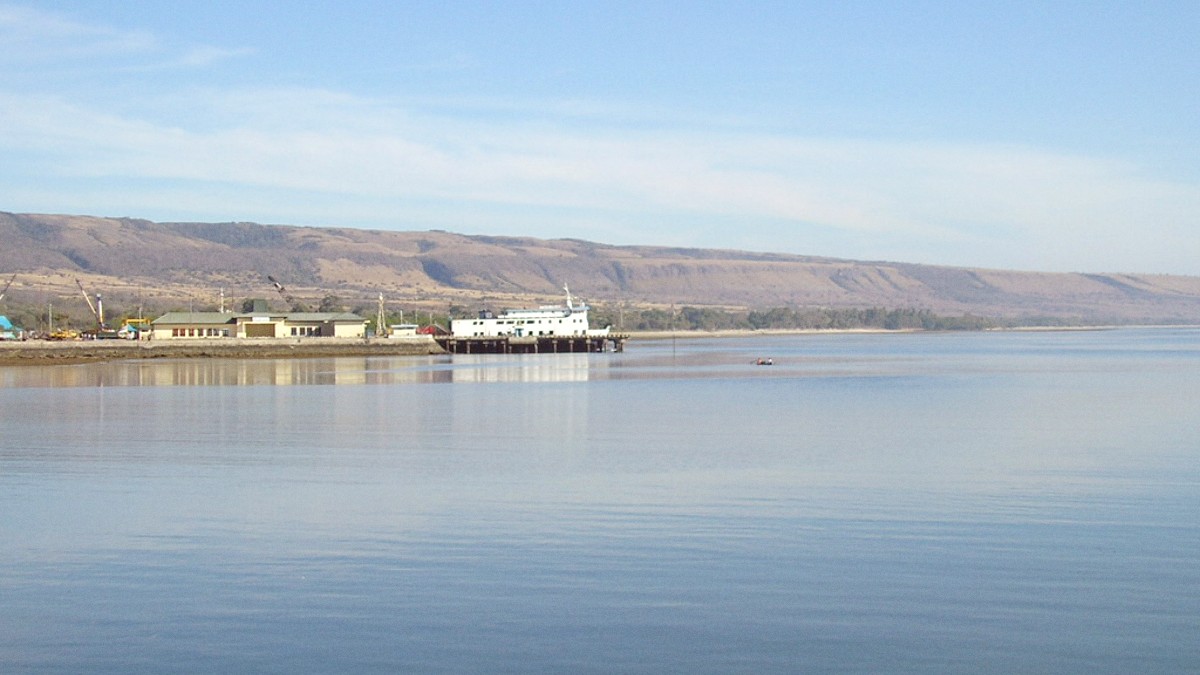
Nusa Tenggara, Indonesia
Sumba’s allure stems from its ability to transport visitors to a different time. Unlike bustling tourist hubs, the island maintains a quiet dignity, revealing its treasures slowly. The air carries the scent of dry grasses in the dry season or the rich earth after a rain, accompanied by the sounds of village life and the distant crash of waves. From the moment you arrive, Sumba invites you to slow down, observe, and appreciate a way of life that values community, ancestry, and the natural world above all else. This island offers more than sights; it presents a perspective. It presents a rare chance to witness a culture preserving its heritage in the face of change, a window into traditions that have abided for centuries. The experience remains deeply rooted in the land and its people, welcoming those who approach with respect and an open mind. This journey is not just exploration, but also a connection, making Sumba a truly special place to visit.
Sumba is part of the East Nusa Tenggara province of Indonesia, an arc of islands stretching east from Bali. Situated in the Indian Ocean, it lies south of Sumbawa and Flores, placing it geographically within a distinct ecological zone characterized by drier climates compared to Indonesia's western islands. Sumba spans roughly 11,153 square kilometers (4,306 square miles), a mid-sized island within the Indonesian archipelago. Its length extends approximately 300 kilometers (186 miles) from east to west, with a width of about 80 kilometers (50 miles) at its widest point. This size allows for significant variation across its landscapes and climates.
The island’s topography shows rolling hills and expansive savannas across its central and eastern regions, giving way to more rugged terrain and limestone cliffs along its southern coast. Unlike the volcanic islands prevalent elsewhere in Indonesia, Sumba is mainly composed of uplifted coral limestone, yielding a drier landscape. The interior features some lower mountain ranges, with peaks reaching around 1,200 meters (3,900 feet) above sea level, contributing to local microclimates and sustaining a network of rivers that become more prominent during the wet season.
Sumba’s history is rich, rooted deeply in its ancient megalithic culture and the Marapu ancestral belief system, which continues to shape daily life. For thousands of years, the island’s inhabitants practice traditions involving the construction of massive stone tombs to honor their ancestors and witness their spirits’ safe passage to the afterlife. These megalithic structures, some weighing many tons, represent an enduring connection to the past, serving as powerful symbols of status and lineage. Visitors see these ancient burial sites throughout the island, specifically in traditional villages, a tangible link to a history that precedes recorded accounts. The continued use of these sites for burials and ceremonies makes Sumba a living archaeological marvel, rather than just a historical artifact.
Before external influences arrived, Sumba existed as a collection of independent kingdoms and tribal groups, each with its own customs and dialects. Trade with other islands and distant lands, including India and China, occurred over centuries, bringing in goods like porcelain, metal, and glass beads, which became valuable symbols of wealth and power. However, direct colonial impact arrived later and with less intensity compared to other parts of Indonesia. The Dutch established a presence in the region in the 17th century, but their control over Sumba remained largely indirect until the early 20th century. Sumba’s rugged terrain and its people’s fierce independence contributed to this delayed and lighter colonial footprint, permitting many traditional practices to persist.
Guides daily life and traditional ceremonies.
Massive stone structures honoring ancestors.
Collection of tribal groups with unique customs.
Connected Sumba to India and China.
Annual spear-fighting ritual for harvest and spirits.
The Pasola Festival is a testament to Sumba’s enduring heritage. This traditional spear-fighting ritual, held annually in February or March, originates from ancient agricultural ceremonies and warrior traditions. It brings together communities in a powerful display of horsemanship and martial skill, serving as a ritual to appease the Marapu spirits and see a prosperous harvest. This event embodies the island’s historical continuity, connecting present-day Sumbanese to their ancestors’ beliefs and practices.
Sumba's history is not just about significant dates or rulers; it is a narrative woven into the fabric of its society, preserved in its oral traditions, its unique architecture, its hand-woven ikat textiles, and the collective memory of its people.
The island presents a window into a pre-modern world, where the past remains a powerful, guiding force in the present. This deep historical and cultural continuity presents a compelling reason to visit, yielding insights into human resilience and the preservation of identity.
Sumba provides a profound encounter with a timeless world. Witness an ancient way of life amidst striking natural backdrops, a compelling blend of adventure and cultural discovery.
Sumba offers a travel experience unlike any other in Indonesia, a destination for those seeking authenticity, adventure, and cultural depth. Geographically, Sumba presents a landscape of rolling savannas and limestone hills in the east, contrasting with the rugged cliffs and pristine beaches of the south and west. This varied terrain supports diverse activities, from trekking to remote waterfalls to finding secluded surf breaks.
Culturally, Sumba is a stronghold of the Marapu ancestral religion, evident in its iconic traditional villages. These settlements feature distinctively tall-roofed houses and ancient megalithic tombs, where daily life unfolds much as it has for centuries.
June-September weather optimal for beach activities and trekking.
February-March visits possible for Pasola Festival and lush landscapes.
Experience traditional villages and Marapu ancestral religion.
Waingapu (East Sumba) and Waikabubak (West Sumba) serve as the main towns, where visitors find essential services and local markets.
Transportation on Sumba typically involves private car rentals with drivers or scooter rentals for independent exploration. Public transport remains basic.